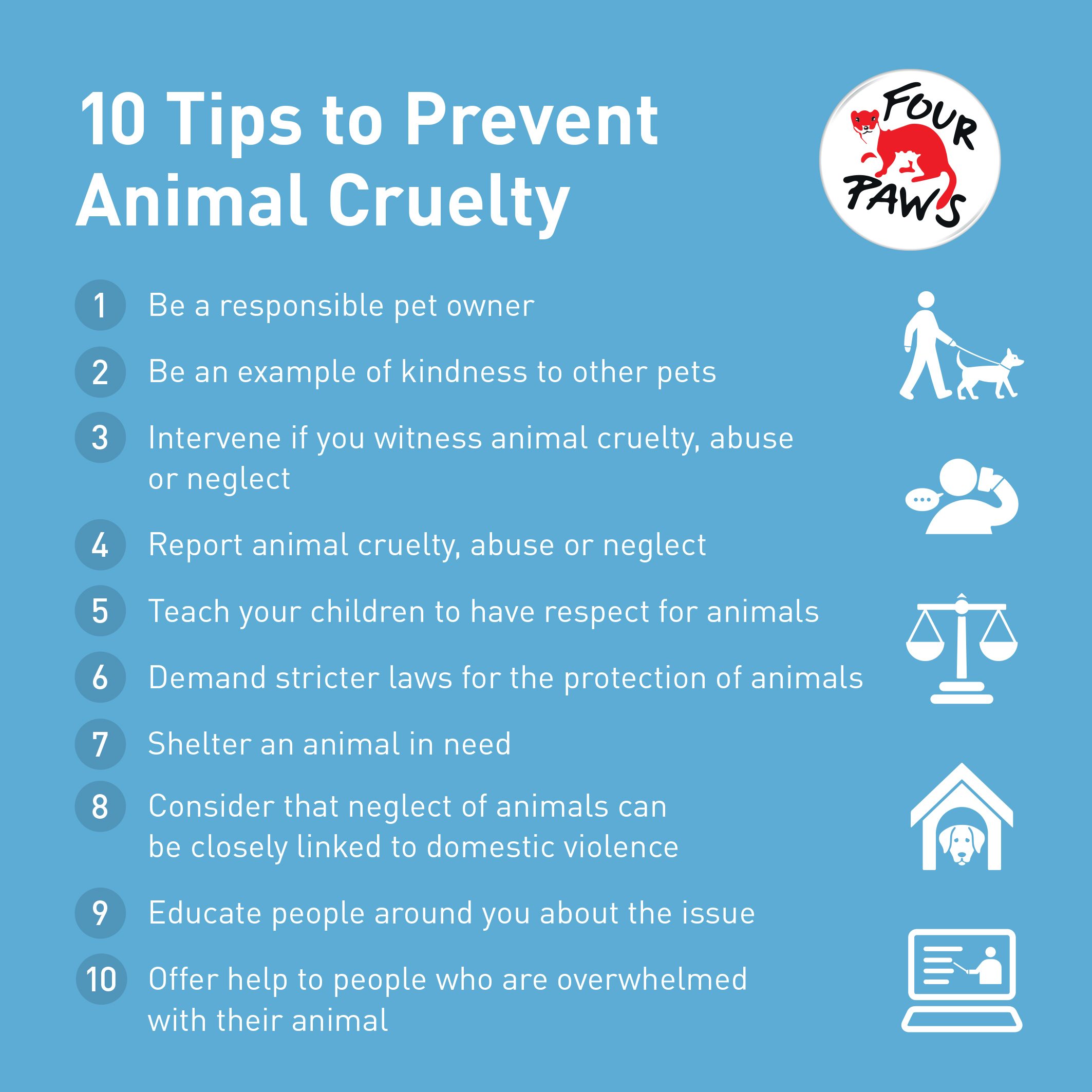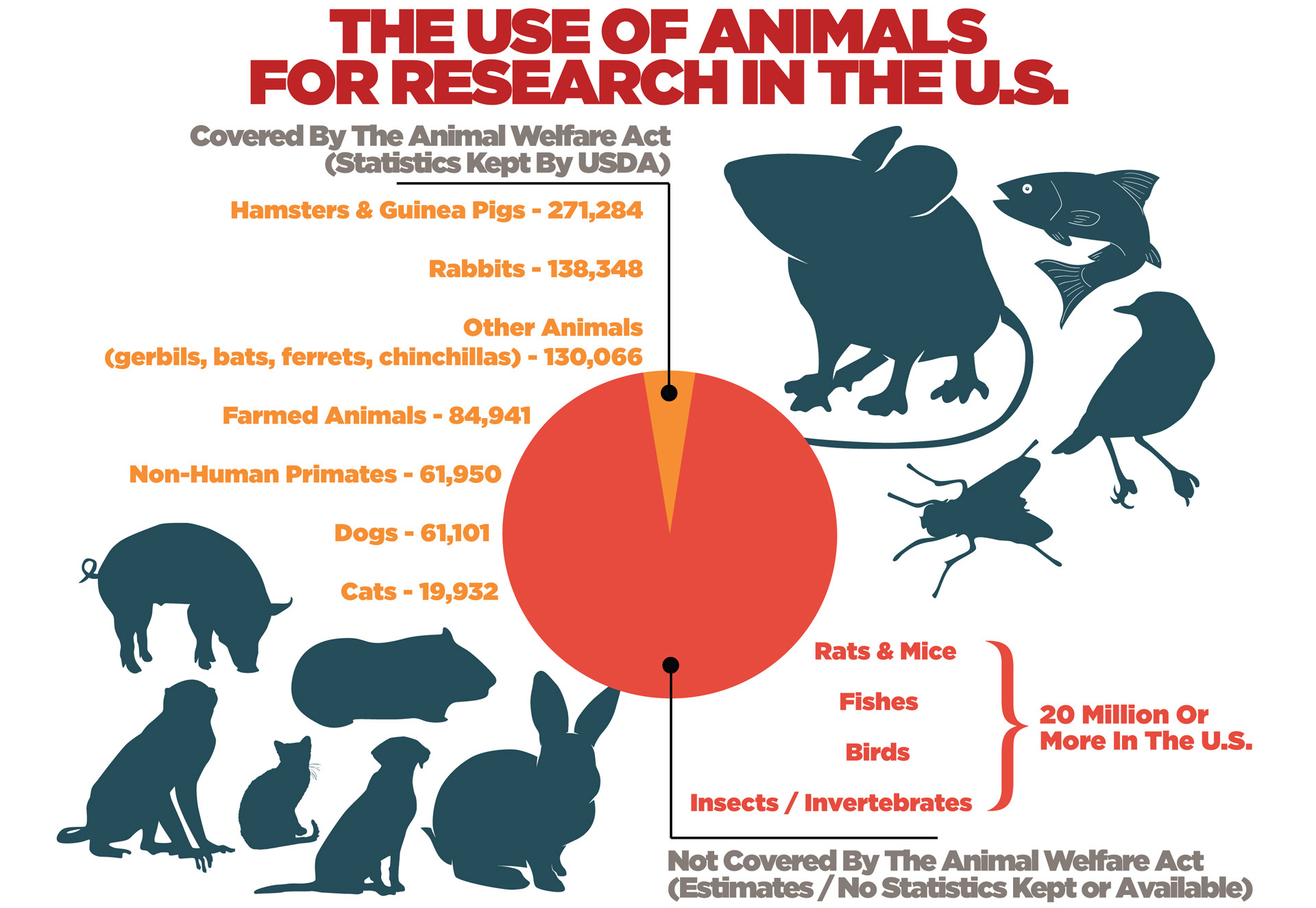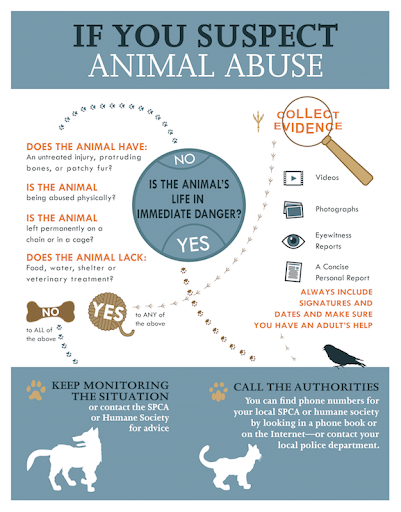Animals have served a specific purpose for human benefit since the dawn of humankind. Humans first started domesticating animals 10,000 years ago, specifically dogs, for hunting and safekeeping. Since then, animals and humans have formed an integral part in each other’s life. It’ll be hard to imagine pet animals like dogs and cats thriving without human intervention and vice versa.
While many people treat animals like other beings, most people treat them solely for their benefit, including entertainment and eating. This very inhumane treatment of animals highlights the need and importance of animal rights.
It wasn’t long before humans started capturing non-human animals and using them for different forms of entertainment such as for zoo, caged decoration, and circus) or transportation such as cart pulling, safari, and carrying loads. These inhumane treatments of animals by humans for centuries highlight the need for recognizing the interests of animals, including legal rights and protection.
Moreover, animal rights (like human rights) also highlight animal protection from inhumane activities such as climate change, deforestation, factory farming, and hunting.
Let’s talk more about the prevalent animal rights movement worldwide and the importance of animal rights.
What is Animal Rights Movement?
Animal rights, the animal rights movement, and animal liberation are all synonymous with each other. It advocates a social movement that seeks to end different forms of animal slavery and animal abuse. Although the movement highlights many different animals' rights, they mainly emphasize legal rights and legal distinction to animals.
The case of the "world's saddest polar bear" is one of the recent examples of animal rights abuse. A young polar bear named Pizza was found living in a deplorable condition at an aquarium inside a mall in Guangzhou, China. Millions of people signed petitions calling to release the polar bear to its natural habitat to the city government. The mall temporarily sent back the polar bear to its mother living inside an aquarium inside Tianjin.
The animal rights movement plan is plain and straightforward, with no more harm to animals.
Animal rights advocate that certain things are wrong as a matter of principle; some things are morally wrong to do to animals.
- Human beings must not do those things, no matter the cost to humanity of not doing them.
- Human beings must not do those things, even if they humanely do them.
For example, animals have a right not to be bred and killed for food, so humans should stop relying on animals for a food source.
Check out this infographic for more information.

What do animal rights highlight?
- No experiments on animals
- No breeding and killing animals for food or clothes, or medicine
- No use of animals for hard labor
- No selective breeding for any reason other than the benefit of the animal
- No hunting
- No zoos or use of animals in entertainment
On a philosophical level, human beings and animals have rights because they are both 'subjects-of-a-life.’
- They have similar levels of biological complexity
- They are conscious and aware that they exist
- They know what is happening to them
- They prefer some things and dislike others
- They make conscious choices
- They live in such a way as to give themselves the best quality of life
- They plan their lives to some extent
- The quality and length of their life matters to them
People who defy equal rights to animals support their opinions with such examples;
- Animals don’t think like humans, nor are they conscious.
- They’re put on earth to serve humans, such as for food, transportation, and entertainment.
- Animals don’t behave morally, and they lack free moral judgment.
While many people hold this to be accurate, few people defy this and work to serve animal rights. This leads to the animal rights movement and a fight against the inhumane treatment of animals.
Significant achievements made by Animal Rights Movement
In 1992, Switzerland amended its constitution to recognize animals as beings and not things. A decade later, Germany guaranteed rights to animals in a 2002 amendment to its constitution, becoming the first European Union member to do so.
New Zealand granted fundamental rights to five great ape species in 1999. Their use is now forbidden in research, testing, or teaching. Some other countries have also banned or severely restricted the use of non-human great apes in research. On 17 May 2013, India declared that all cetaceans have the status of “nonhuman persons."
In the United States, the Animal Welfare Act initiated in 1966 protects animals in research, transportation, and sale. Generally, animals are protected from any torture, neglect, or killing.
PETA (People for Ethical Treatment of Animals) was founded in 1980. With 6.5 million supporters, PETA has helped prevent animal abuse, mistreatment, and sale in an astounding number.
6 Most Prevalent Animal Rights Issues
These are the most prevalent animal rights issues around the world.
Climate change
A human-made disaster is destroying the environment and destroying the habitat and living conditions of wild animals. Its most extreme example can be the Arctic's melting snow and ice. With global warming rising every year, the polar bear’s natural habitat is gradually vanishing. The depleted snow has pushed the polar bear population further inside.
The unpredictable weather from climate change has impacted migratory birds by disrupting their breeding habitats. Human activities such as fuel-driven cars and factories have primarily impacted the global rise in temperature.
Loss of habitat
Loss of habitat because of suburban sprawl has pushed animals even further inside the forest. It has also increased human and animal encounters causing accidents, deaths, and communal killing of wild animals. In Nepal and India, the wild animal encounter is more frequent because of their habitat loss. More people enter forest areas to collect fodder, which previously used to be the Bengal Tiger habitat. The incidents of the Bengal tiger attacking villagers are heard numerous times a year.
Illegal fishing practices
Illegal fishing by foreign vessels without permission, bottom trawling, bycatch, ghost fishing, explosives, and overfishing is causing the depletion of sea animals. Illegal fishing affects fish and other sea animals like turtles, whales, and dolphins that often get trapped in human-made traps.
Factory farming
Factory farming of commercial animals like chicken and cow is often highlighted by animal rights activists. The slaughter of animals for their meat, and byproducts such as skin, milk, and eggs, is considered outright animal abuse. Thousands of farm animals are held inside captivity and raised in a deteriorating condition for their as food animals, injected with hormones for rapid growth, and fed cheap grain.
It not only highlights animal abuse but the environment caused by factory farming. The methane produced by cows is one of the significant contributors to global warming. The run-offs from the farm often pollute the nearby water sources.
Euthanasia
Euthanasia in animals is mainly associated with overbreeding of pets such as dogs and cats. Thousands of dogs and cats are abandoned in the US every year. These non-human animals end up in shelters and later euthanized because they never get adopted.
Spaying and neutering your pet is a good idea to control overbreeding. Closing pet farms is another great idea to control overbreeding and prevent animal suffering in form of euthanasia.
Animal experimentation
Voicing against animal experimentation in the labs has been going on for ages. Most animals experiment with new drugs, vaccines, diseases, or cosmetics before the product is released from human use.
Approximately 100,000-200,000 animals suffer and die every year in animal testing for cosmetics. Many large corporations, including pharmaceuticals and cosmetic products, enjoy animal testing because of the lack of strict laws.

Animal abuse for financial gain is often the most highlighted animal rights issue. In the United States alone, the pet industry topped $221.1 billion in 2015; the live animal trade accounted for $3.5 billion in 2016; in 2020, animal agriculture is forecasted to bring in $185.8 billion in cash receipts.
The corporations trying to protect their profits and avoid controversy often lobby for legislation or laws to conceal their activities from the public and media.
How to prevent animal abuse?

- Non-human animals with rights must be treated as ends in themselves; others should not treat them as means to achieve their ends.
- To bring in public concern, you should discourage using animals for entertainment, food, products, and transportation. Ensuring a non-abusive environment for all kinds so of animals will undoubtedly boost happiness in you.
- Specialism must fade away, along with outdated scientific and philosophical ideas that animals are nothing more than mindless automatons.
- Discouraging the use of cosmetics and drugs used for animal testing can help curb animal abuse in the long run. Many animal rights advocates have managed to introduce a law that prevents the use of lab animals.
- Countering climate change is an essential goal for ensuring the rights of animals in the long run. Choosing a sustainable lifestyle method; electric cars, low carbon emitting appliances, cycling to work, avoiding using firewood, and animal products made from skin can help curb animal abuse to a greater degree.
Urban Pet Hospital & Resort is the best doggy daycare in Urbandale. Get in touch with us to learn more about caring for animals, animal protection laws and animal welfare issues, and how you can chip in for animal rights societies.